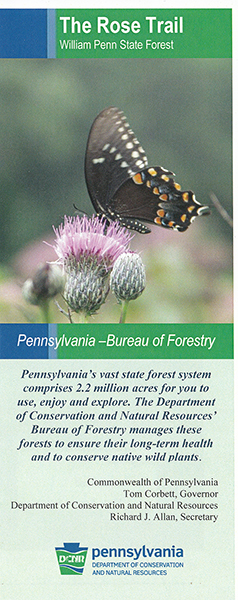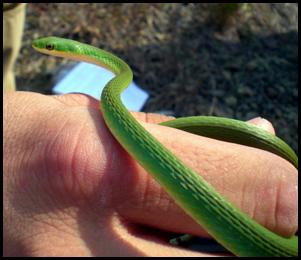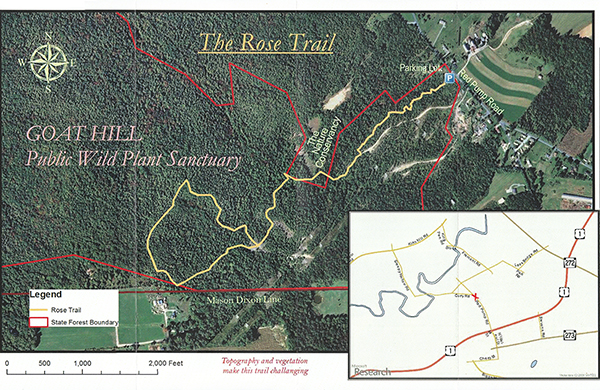Serpentine Barrens
Goat Hill is part of the State-Line Serpentine Barrens, the largest occurrence of serpentine barrens (extremely rare areas characterized by thin soil and bare, light green rock) in the eastern United States. Even the most casual visitor to the Goat Hill Serpentine Barrens will notice the striking difference between the two primary serpentine grassland communities (see grassland notation on the map) and the surrounding deciduous forests. You can literally step from one plant community to another and find very few species common to both areas.
The Barrens used to be known as the State Line Mining district due to the chromium, feldspar, and magnesite mining that took place at various sites, mainly in the 19th century. The sun-baked conditions on bare serpentine rock and gravel create desert-like habitat for rare and unusual plant species that are especially adapted to withstand heat and drought. However, while lacking nutrients, this habitat supports numerous species—many rare or endangered—that have adapted to the harsh environment over thousands of years.
Rare plants found on the barrens include: serpentine aster, long-haired barrens chickweed, glade spurge, fameflower, lyre-leaved rock cress, prairie dropseed, and arrow-feather. Moths and butterflies, including red-banded hairstreak, cobsew skipper, barrens buckmoth, mottled duskywing and dusted skipper. The barrens also are home to other rare species such as the rough green snake and various insects, some only found on the barrens.
History
In 1979, neighbors of the barrens learned that an excavating company was interested in quarrying the serpentine rock. Led by Rose Chase they organized to form the "Concerned Citizens of West Nottingham Township" and opposed not only the quarry, but all further damage to the barrens and the wilderness surrounding it.
The trail is named in honor of Rose and her determined efforts to conserve what is a real jewel in the State Forest system.

Be Prepared for the Hike
There is one parking lot but no bathroom facilities. Wear sturdy shoes. Hiking these trails can be strenuous if unaccustomed to varied terrain and uneven walking surfaces. Be prepared for ticks and other biting and stinging insects during warmer months. Bring plenty of drinking water, as temperatures in the barrens can be as much as 10-15 degrees hotter than the surrounding forests.

Care for the Land
State foress belong to all Pennsylvanians. Take time to enjoy them, but know the rules and regulations designed to protect the forests and you. Please be careful with fire, keep our forests litter free and don’t damage trees and other plants.
Pennsylvania state forests are certified to FSC® standards. The Forest Stewardship Council® is an independant organization supporting environmentally appropriate, socially beneficial, and economically viable management of the world’s forests.
IConservePA
To learn more about the state’s natural resources and what you can do to help protect and enjoy then, log onto iConservePA.org.
![]()
Special Thanks
This trail was made possible by the wonderful efforts of The Boy Scouts of America - Camp Horseshoe, The Keystone Trails Association, The PA Parks and Forests Foundation, and Friends of the State Line Serpentine Barrens, who continue to be a force in conserving the Barrens.
For More Information
William Penn State Forest
Forest District #17
845 Park Road
Elverson, PA 19520
(610) 582-9660
